
- #Tilt to live lite differences how to
- #Tilt to live lite differences upgrade
- #Tilt to live lite differences free
- #Tilt to live lite differences windows
This will help to prevent the sliding mechanism from sticking and ensure effortless functionality for years to come.

#Tilt to live lite differences windows
In fact, the only maintenance we’d recommend for these sliding sash windows is the occasional lubrication of areas like the frame, hinges, and pully features. This would give you access to all the aesthetic benefits of real timber, without all the maintenance hassle. Therefore, for homeowners seeking a traditional look, we’d recommend getting them installed with a woodgrain-effect finish. Traditionally, they are set inside timber frames. Usually, their panes are very large, helping to fill the home with natural light. Vertical sliders have one or more sashes that slide over each other. They are characterised by their signature moving panels, or ‘sashes’. Achieving U-values as low as 1.2 W/m²k, these windows are now entirely suitable for the 21 st century home. However, thanks to modern developments in uPVC and aluminium, there is nothing ‘old-fashioned’ about their energy efficiency. They were the most popular window style in Victorian times, and so carry with them a traditional, vintage feel. What is a vertical slider?Ī vertical slider is also known as a ‘sliding sash window’.

This helps to prevent dirt and dust from accumulating near the opening mechanisms, which could cause the windows to get stuck. The common denominator across them all is that they have multiple panes, arranged into a configuration.īecause of their versatility, casement windows can be manufactured to suit any home in the UK.įor maintenance, in both uPVC or aluminium, all that’s required is the occasional wipe down with warm, soapy water. Of course, a casement window comes in a variety of designs. The mullion is the section that separates the casement from the fixed pane.In the above picture, the windows to the left and right are ‘side hung’, with their hinges on the vertical edge, while the smaller window at the top is ‘top hung’, with its hinges on the horizontal edge. Then, they are held open either by a traditional ‘stay’ or by a more modern and minimalist friction hinge. These are hinged at the side of the window frame so that they swing outwards. The casement, is the part of the window that opens.A window sill on the exterior, angled slightly so that it diverts rainwater away from the house.A window frame holding the whole structure in place, with a head and sill running horizontally across the top and bottom.They are beloved for their smart, versatile and timeless design.Ī typical casement window is basically compromised of: What is a casement window?Ĭasement windows are the most popular style of window across the South West and the wider UK.
#Tilt to live lite differences free
If you have any further questions after reading, feel free to contact us. There are countless different styles out there, but the ones we’ll be focusing on include casement, vertical sliders, flush sash and tilt & turn.
#Tilt to live lite differences how to
That’s why we’ve put together this guide on the main window styles, how they function, how to maintain them, and what type of property they may suit. Here at Seal-Lite, we want to help and reassure our customers through every step of their window renovation journey.
#Tilt to live lite differences upgrade
That often means that, when the time to upgrade comes around, people have forgotten what style of window to ask for. The average homeowner replaces their windows every 15-20 years.


 0 kommentar(er)
0 kommentar(er)
